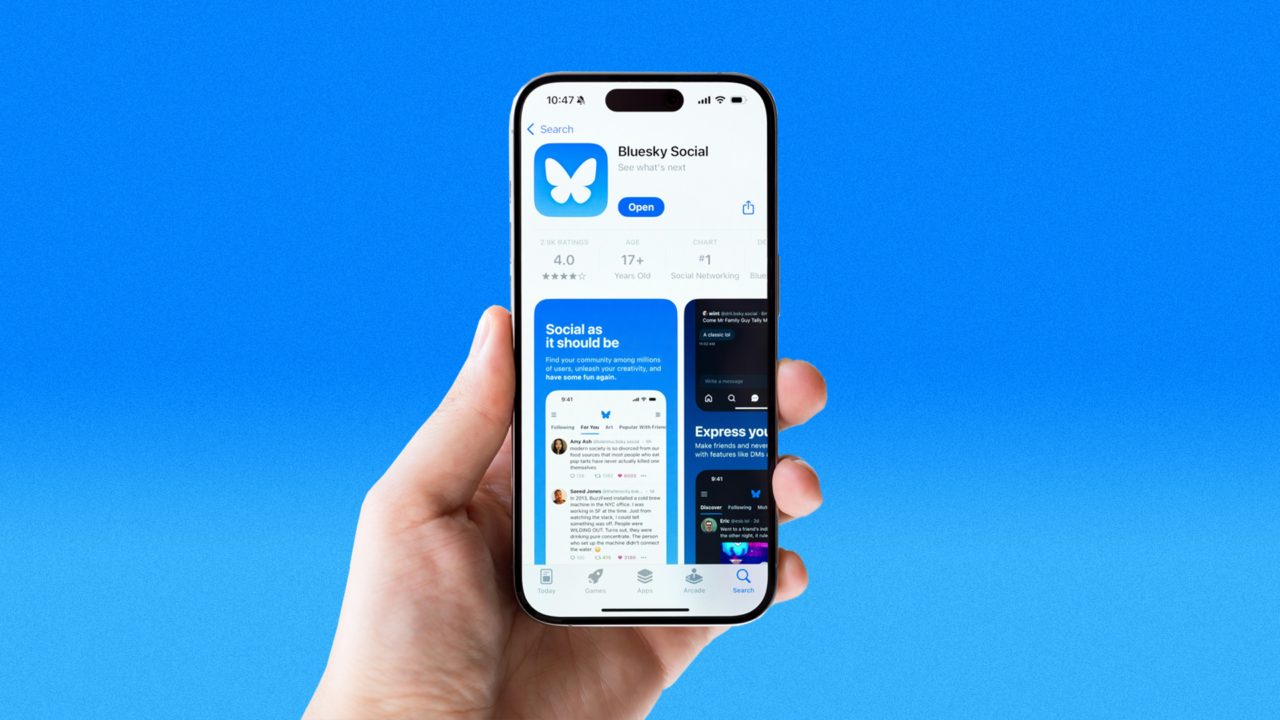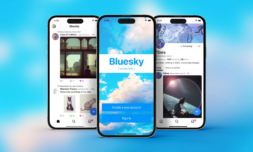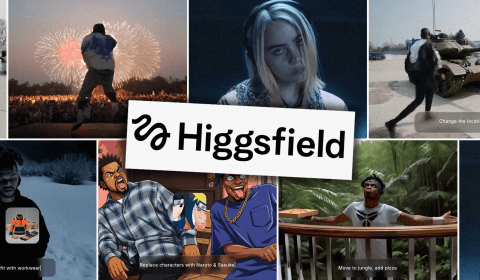Does Jack Dorsey’s new Twitter-alternative mark the end of Musk’s X?
The word ‘Bluesky’ first popped into the public consciousness when Twitter co-founder Jack Dorsey launched the app last summer.
But as Twitter (now X) becomes increasingly inundated with far-right rhetoric, and Donald Trump’s election launches X owner Elon Musk into the political limelight, a mass exodus of the social media app has given Bluesky its proverbial moment in the sun.
For all intents and purposes, Jack Dorsey’s new app is much like its predecessor. It has a similar blue hue and logo, allows users to share short streams of consciousness at the touch of a button, and post, reply, and reshare on a vertical user interface.
Bluesky is also promising the fun, carefree vibes of early Twitter – which has ensured a rapidly growing user base. At the time of writing, the app has already amassed 16.7 million users and counting. That’s up from 9 million in September this year.
The main difference between Twitter and Bluesky, however, is that the latter is decentralised, meaning users can host their data on servers other than those owned by Bluesky itself, and the company isn’t owned by one single entity or person.
Having previously been invitation-only until February of this year, the app has seen a sharp spike in users following Donald Trump’s election at the start of the month.
👋 https://t.co/SKDWMeUn67 pic.twitter.com/8MsZqaoFqL
— SV Werder Bremen EN (@werderbremen_en) November 18, 2024
Elon Musk, who bought Twitter and renamed it X in October 2022, was a big financial and political backer of Trump during the electoral race. It’s now been revealed that Musk – who is the world’s richest person – will continue to be heavily involved in Trump’s administration.
This has created highly fraught political division across X in recent months, an influx of far-right rhetoric, and the pervasion of conspiracy theories on the app – which has pushed a large number of high-profile accounts to cut ties with the platform for good.
These include brands, celebrities, and media outlets – the Guardian being a recent notable example.




















